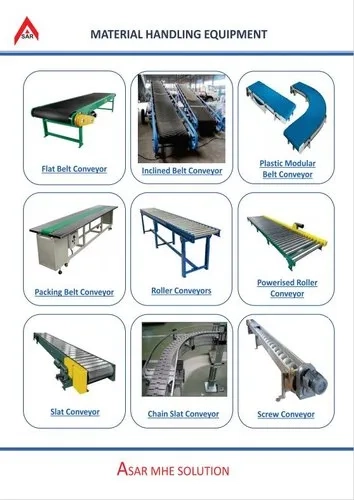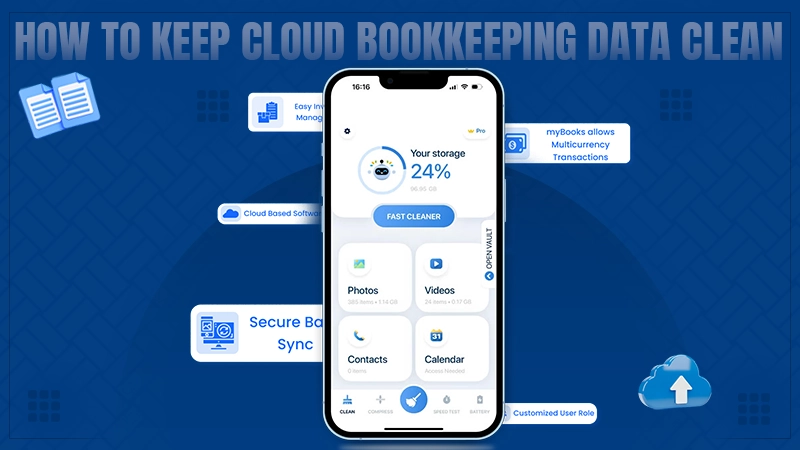Warren Buffett: “Risk comes from not knowing what you’re doing.”
Dealing in the Heavy-duty conveyor rollers business needs a strong financial foundation. Planning for such capital-intensive business needs expert skills and well as some real-case analysis to mitigate maximum potential risks.
According to the SBA, a significant percentage of business failures can be attributed to poor cash flow management and inadequate financial planning. You would definitely not want to end up on that list.
Hence, I bring you this write-up to help you understand how crucial it is to plan your business finances, and how to do that. Also, learn about Tips to Elevate Your Financial Game by reading this article.
Understanding the Business Model
Let us start by understanding your business model. Taking a typical conveyor business as an example, this analysis can be an idea of how things work in the field of conveyor belts. This analysis consists of some questions that go like this:
- Product Range: Identify what range of products you are providing to enterprises. Are they for universal use or deal with a specific industry?

- Distribution Channel: A business can either sell its products directly to the clients, or through distributing networks that deal in OEMs. What’s your way of doing things?
- Pricing Strategy: What considerations do you make while setting the price of your products? Also, the strategy you deal into to find the right price for your service.
- Revenue Streams: Do you solely rely on your sales for the company revenue, or are there some other channels as well such as maintenance and repairs?
With these few questions, you can get a clear idea of how your business’s finance works or operates.
Key Financial Statements
You can compare a company’s financial statements with a car’s maintenance records. There are a few statements that work like key indicators to reflect the condition of the company. Here are those statements listed below:
- Income Statement: The income statement contains all the records of the company’s revenue, expenses, gross profit, net profit, etc.
- Balance Sheet: Perhaps one of the most crucial statements, is a balance sheet snapshot of your business’s assets, liabilities, and equity at a particular point in time.
- Cash Flow Statement: As the name suggests, the cash flow statement records all the in-flow and out-flow of your business’s cash.
Financial Planning Process For Your Business Goals
Coming to the most crucial part is financial planning. The very first thing you need to confirm is to have a team of financial experts who have the company’s experience from the ground level. It is only possible with an effective and efficient team to help your company meet its goals.

With that being said, here are the steps that are needed in the financial planning process:
- Setting Financial Goals: Primarily, you must focus on making a clear list of your business’s financial goals. Consisting of both short-term and long-term considerations, the planning must be done accordingly.
- Conduct Financial Analysis: With your expert clan of data analysts and finance professionals, find out what are your company’s strengths, weaknesses, opportunities, etc. Ask for their opinion on what areas can be made stronger or relaxed.
- Develop Financial Projection: It means, considering all the reports such as the balance sheet, cash flow statements, etc., you must try to understand how the market is behaving or the changing trends.
- Create a Budgeting System: Create a strict budget that follows the basic expectations of incomes and expenditure. By reviewing the budget regularly, you can also track the income and expenditure regularly with ease.
- Manage the Cash Flow: Monitoring the funds alone is not enough. To keep up with the budget and avoid impulsive expenditure.
- Risk Management: In order to manage risk, various areas need to be taken into account. These include market fluctuations, credit risks, and operational risks. Along with that, developing strategies to manage situations can be helpful too.
Challenges and Opportunities
With all these insights and strategic planning, there would still be some challenges and opportunities at the ground level. So, to get you ready for all of them, the following are listed below:
- Economic Fluctuations: The economy is ever-fluctuating and rarely stable. To cope with these fluctuations, consider making plans according to the changing demand or supply.
- Industry Competition: You are not the only one trying to survive and foster in the market. Out of a plethora of other alternatives, you need to make sure you are adding something unique to your client’s value. Only with this mindset, you can move further.
- Technological Advancements: You need to stay updated with all the changes and innovations taking place in the technology sector. You never know what piece of tech can excel your operations or throw you out of the competition.
Final Words
For any kind of business, financial planning is a huge challenge. Speaking of conveyor roller businesses, this article covered all the necessary details you would need. If this article is helpful for even one of you, my work is done here.






